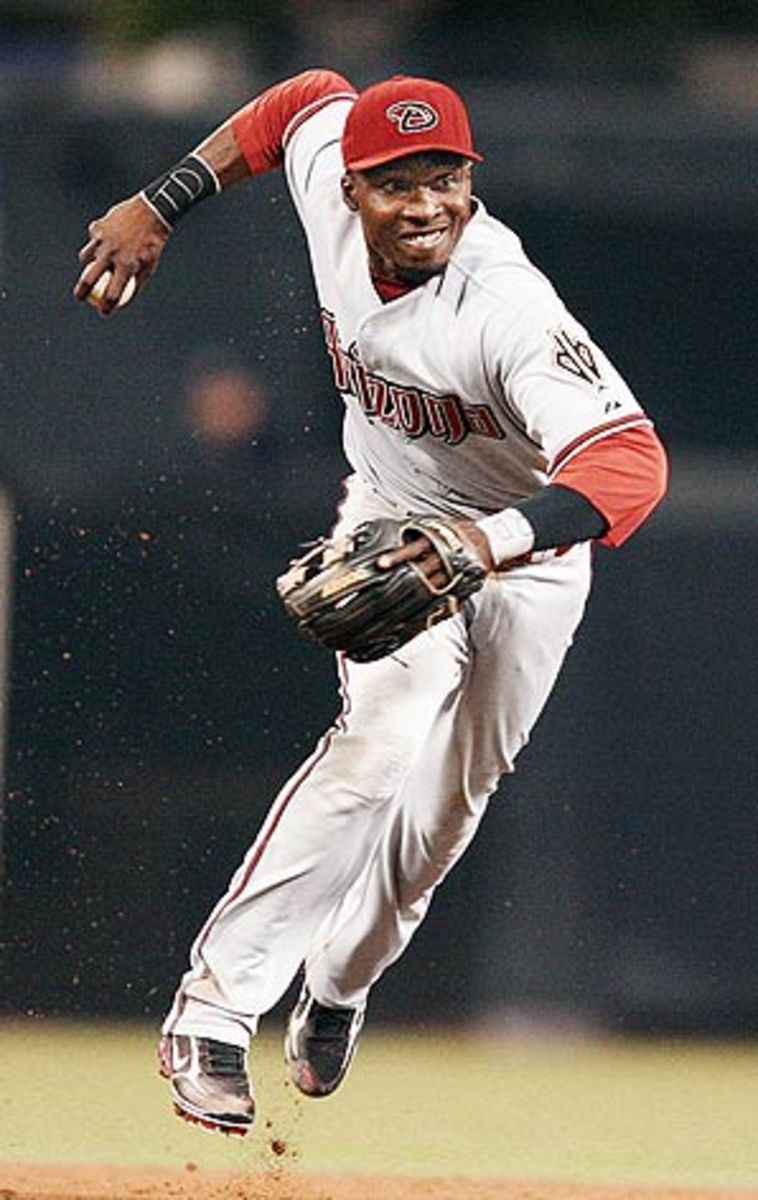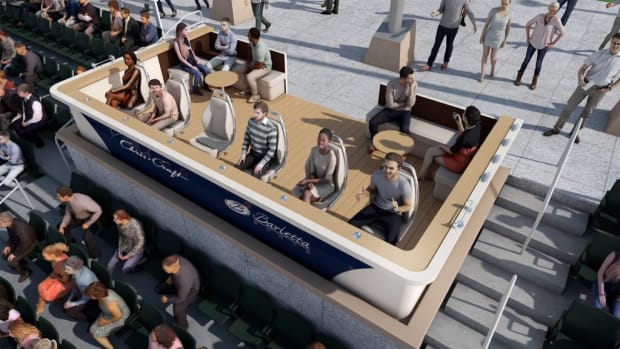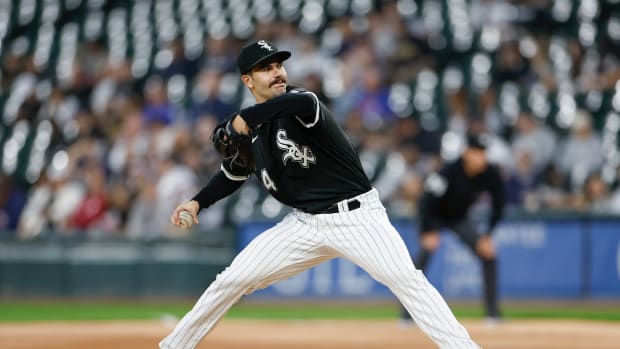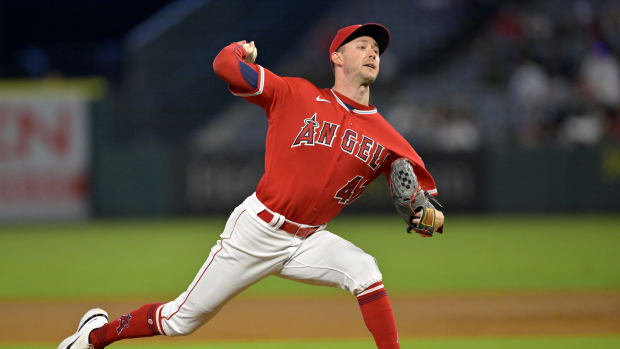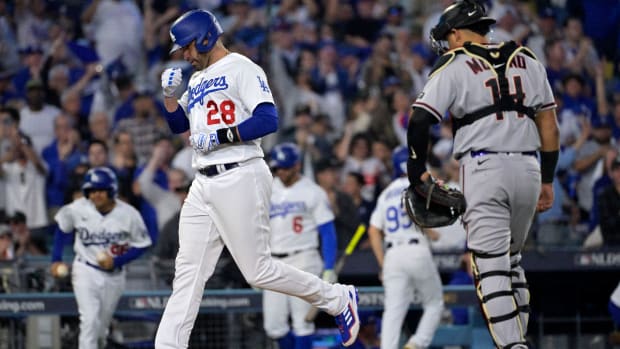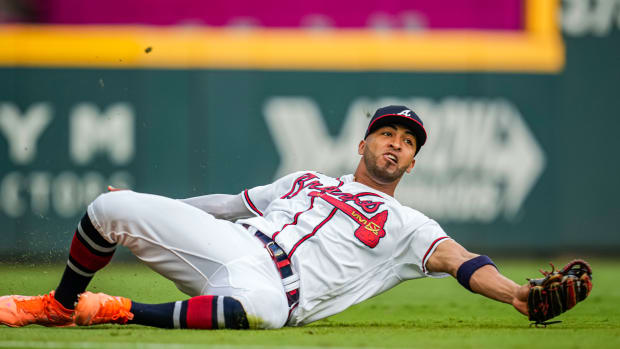Five free agents to be wary of
I recently wrote that there not any elite second basemen available in free agency, and someone asked me about Orlando Hudson. I do not consider Hudson to be an elite player, and while he has been a good one, I would be extremely wary of signing him for his age 31-33, or 31-34, seasons. He strikes me as a good example of the kind of middling player who falls off a cliff in his early thirties.
This may seem ungenerous, given that Hudson has shown improvement in almost every season of his career. His batting average has risen in each of the last five years, and his EqA has climbed more or less steadily to peak at .277 in 2007 and 2008. From not walking much as a Blue Jay (7.3 percent of PAs), he developed his plate discipline and drew walks in 9.6 percent of his PAs in three years as a Diamondback. Despite good speed, he's not a basestealer, though he picks his spots well: 42-for-60 in his career, including 14-for-17 over the past two years. For whatever it might be worth, Hudson is considered a very good teammate, and a gregarious, good-natured guy who is popular with the fans.
A big part of Hudson's value has been his defense. He ranked fifth among MLB second basemen in Plus/Minus in 2006, third in 2007, then slipped to 23rd last year. Hudson's defensive statistics have always been strong, thanks in part to very strong numbers on balls in the air; balls that reflect, to some extent, discretion rather than range. In any case, the falloff by Hudson last year could be a one-year blip, or it could be a sign of decline, and it's not easy to tell which without more information. That he's past age 30 and a second baseman who's had an assortment of physical ailments would lead you to believe that it's not merely a fluke. Because so much of Hudson's value has come from his defense, any loss of range or skill will take a chunk out of his value.
The ailments are perhaps the bigger issue. In six full MLB seasons, Hudson has averaged 135 games a year. He has played in more than 140 games just twice, and gone a full season without a DL trip exactly once. His last two seasons have been cut short by injuries that have crippled the Diamondbacks down the stretch. Last August, Hudson suffered a dislocated bone in his left wrist while making a tag at second. The injury required two surgeries to fix, and is one he's currently rehabbing. His 2007 season ended with a torn ligament in his left thumb, suffered on a slide into third base. In both seasons, he played through leg injuries; a sore ankle in '07, and a tender hamstring in '08. There's an argument that you might wave off the traumatic, season-ending injuries as flukes, but the wrist injury was part and parcel of being a second baseman, and the leg injuries have popped up again and again?ankle and hamstring problems in '05, hamstring again in '04. He simply isn't going to give you 150 games per season.
The injury issues affect both playing time and performance. We've seen Hudson continue to play well with these injuries, but as a player heads into his thirties, it can be more difficult to perform under those circumstances. It's not just that Hudson might miss 30 games, but that he'll start to lose some hits, some extra bases, or some range, and he doesn't have that much to lose. Providing a .277 EqA with good defense, he'll play. At .265 with average defense or below, he's just a guy, and not worth a significant free-agent investment. Remember, there's exactly one thing Hudson can do for a team: be a starting second baseman. He can't play shortstop, so he's not capable of being your utility infielder, and his bat won't cover a move to third base or anywhere else on the diamond. If he slips to the point where he's not an asset at second base, he's not really worth the roster spot.
Hudson is 31, not durable, and at his peak has been a good, not great, player. He plays a position that exacts a physical toll on all players, one that has already chipped away at his playing time over the years. Hudson's defense took a turn for the worse last year, and while that's not necessarily predictive, it's something to worry about. Second base is a spot that you can generally patch fairly easily, as opposed to shortstop or catcher or the rotation, so it's not the best use of resources. With any decline, Hudson, as a second baseman only, could go from a starting player to not worth a roster spot (think Luis Castillo).
So no, I don't think Hudson is an elite free agent. I don't think he's a terribly attractive free agent at what you might call his market value, three years and $30-33 million or so. There's very little upside in him, maybe none, and the downside risk is significant. If I can bring him in for two years at a premium on Mark Ellis money (Ellis will make $5 million in '09 and $5.5 million in '10), that's a deal I would take, but given his performance, injury history, and position, making a larger commitment to him is likely to be a mistake.
Here are four other free-agents teams might want to think twice about before signing to big contracts.
Since coming back from Tommy John surgery in 2006, Wolf has a massive Petco Park/Earth split: a 3.58 ERA and a 68/26 K/BB in the Happiest Place on Earth (For Pitchers), 4.90 with a 232/117 K/BB everywhere else. He's a flyball pitcher without the velocity to work up in the zone any longer, and will have a huge home-run rate in a normal park.
Although Bradley has generally been unappreciated for his baseball talents, he hits the market as a much more limited version of the player he was at his peak. His career-high rate stats of .321/.436/.563 are mitigated by the fact that he played just 20 games in the outfield last season, 58 in 2007, and hasn't played 100 games in the field since 2004. Even with a heavy dose of DH work, Bradley was just barely eligible for the batting title last year, on the heels of three straight seasons of no more than 96 games. Bradley is a DH, and a fragile one at that, and has to hit like he did in 2008 to begin to be worth eight figures a year.
Strikeout rate is the best predictor of longevity for pitchers, and the cutoff for survival generally falls around one whiff every two innings. Garland slipped under that the last two years, while not doing anything else -- avoiding walks, not allowing home runs -- well enough to make up for it. Garland kills the running game as well as any right-hander in the game, which allows him to get a lot of double plays, but that's a dangerous path. He allows too much contact to survive in a rotation much longer.
We should all be represented as zealously as Scott Boras represents his clients. However, he has a tough sell in Jason Varitek, who completed his decline by landing with a soft thud last season: .220/.313/.359. Varitek doesn't have a strong arm to sell, nor is he the type of hitter who might slap out a .290 batting average. As a platoon catcher -- he seems to be retaining his ability from the right side -- and mentor to a younger player, he might be worth a roster spot, but he's not someone who can be brought in as a regular, especially at the cost of a first- or second-round draft pick.






























